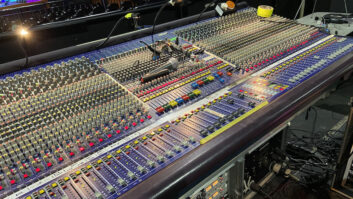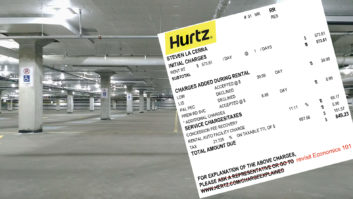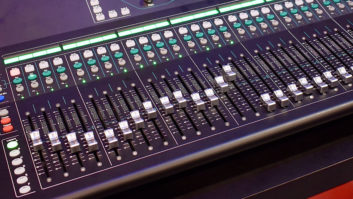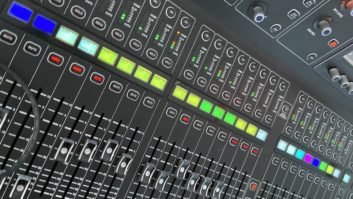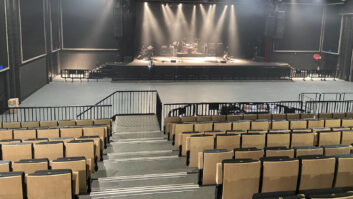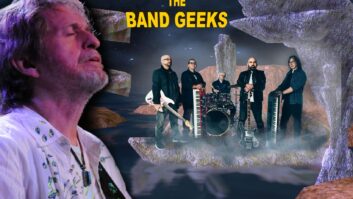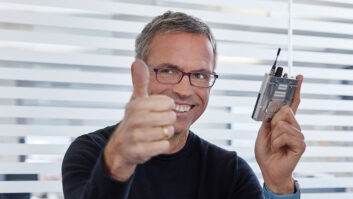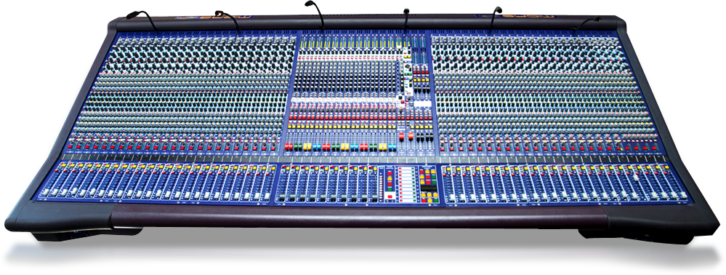
My, how times have changed. I’m advancing a show where we’ll be using an analog console at FOH and possibly one for monitors. Yikes. I couldn’t remember the last time I mixed a show on a large-format analog desk, so I looked through my old advance sheets. Apparently, it was July 2017 at House of Blues in Cleveland, where I had a Midas H2000 [Ed. Note: House of Blues recently updated all its consoles]. Other than that, my notes indicate that analog desks were all but dead and buried by around 2013.
Of course, the first thing that pops into mind is the age-old debate between analog and digital technology. While I might not remember that show in 2017, I do remember my reaction when I started pushing up faders during sound check: I breathed a sigh of relief and thought oh yeah, that’s what good EQ sounds like. I had become so accustomed to the general character of the preamps and EQs on digital desks that I had forgotten what an analog audio path sounded like. It was a pleasant surprise.
Given the time that’s passed between my last analog experience and the one on the horizon, I wonder if I’ll still have the same reaction. Digital mixing desks have evolved a generation or two since then, and there’s no doubt that the current yield from any one of a variety of manufacturers sounds better than their previous product. But does it stand up against the analog benchmark? Tough to say without an A/B comparison, which is highly unlikely.
Mix Live Blog: The Audio Community Has Spoken
Mix Live Blog: Southworst
As this show gets closer, my foggy memory of the old analog days is starting to clear. I recall using another analog Midas desk at a club somewhere in the Midwest in the 2010s which was a microcosm of everything wrong with analog mixing technology. Several channels on the console didn’t work, and I remember crawling behind the FOH rack to troubleshoot patching outboard gear. I’m sure that I “modified” one of the snakes that led to the doghouse because I couldn’t get an insert cable to stretch across the back of the desk to channel 25. Good grief.
That experience unearths a flood of questions that engineers don’t really have to ask anymore. Analog desks require outboard processing, so I’m looking at the venue “tech pack” (the list of gear available) to see if there are a sufficient number of compressors and gates to accommodate the needs of the input list (there aren’t).
Now I have to worry about things like: Are there enough insert cables to patch these gates and comps, and do the cables reach from the outboard rack to the far side of the console? Does all the outboard gear work properly? Do all the console channels work? How many VCAs does the desk have? What’s in the drive rack? And, the big kicker: Has this old gear been well-maintained in a world where maintenance is a dying art?
Adding insult to injury is the fact that there’s no show file to load, so I’ll start a mix from scratch for a show that’s relatively new and runs 46 inputs from the stage. Well, at least I’ll have time for a sound check.
In contrast, all of these issues disappear in a digital mixing system, and—quite frankly—if you can’t get a mix going with the onboard resources provided by even the most inexpensive digital mixing system, you have a problem that no amount of gear will fix.
I kinda feel like Spock in City on The Edge of Forever when he says to Joan Collins, “I am endeavoring, ma’am, to construct a mnemonic memory circuit using stone knives and bearskins.”
